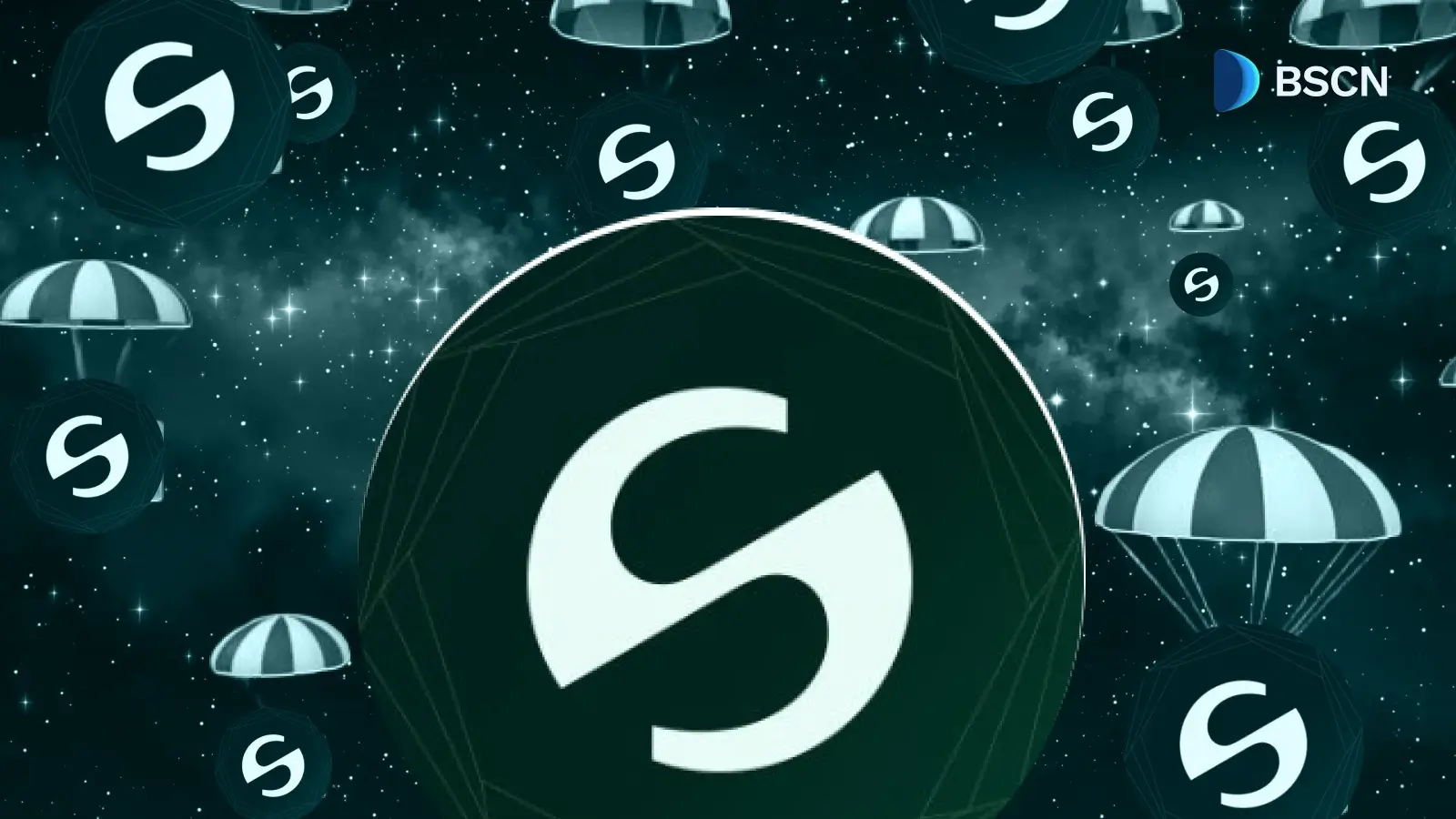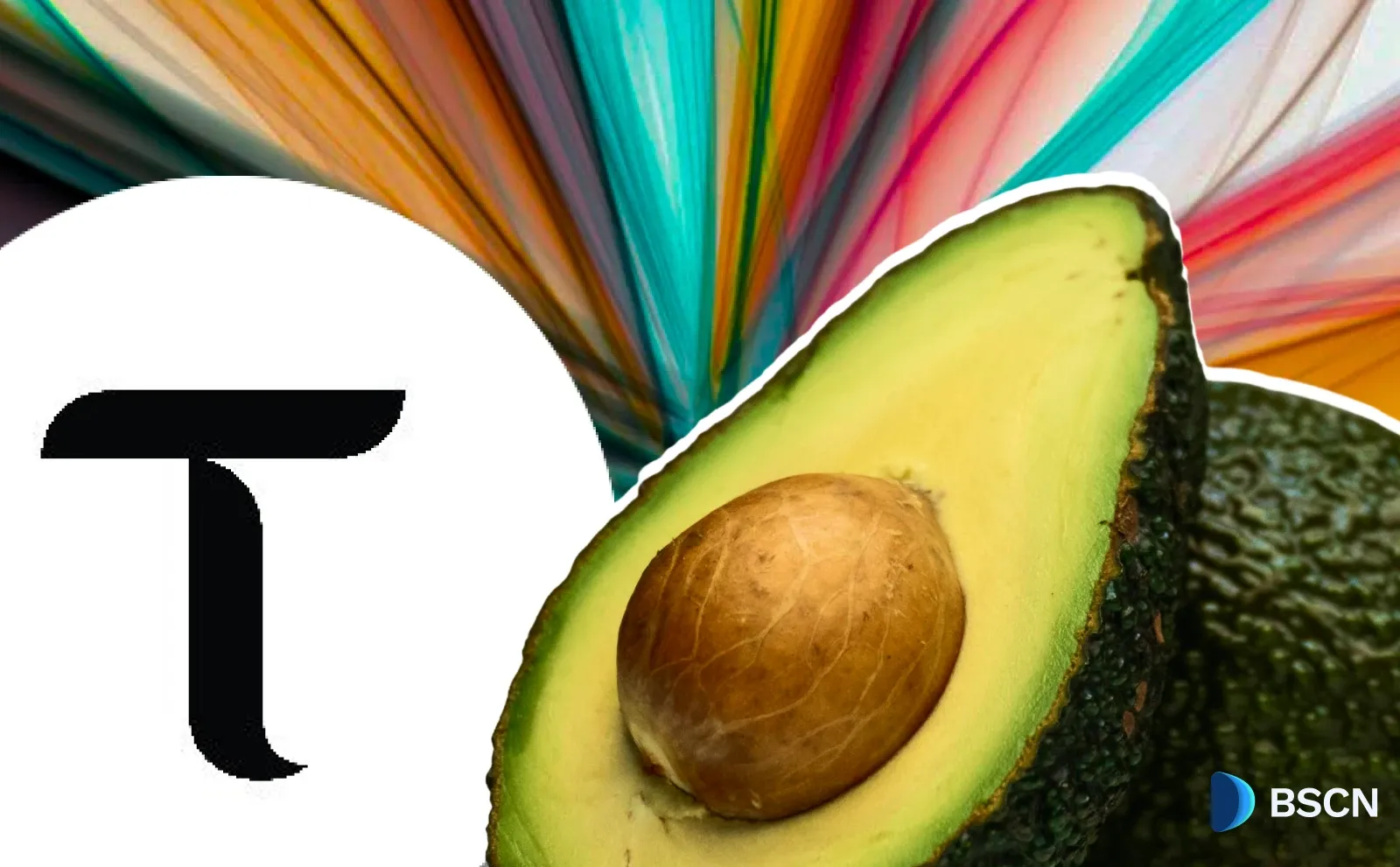News
(Advertisement)
Solana Gains Fresh Momentum as Fidelity and Canary Debut New Spot ETFs

Fidelity and Canary Capital launch Solana spot ETFs with staking features, expanding regulated access to SOL and validator rewards for U.S. investors.
Soumen Datta
November 19, 2025
(Advertisement)
Table of Contents
Fidelity and Canary Capital launched Solana spot ETFs giving U.S. investors regulated access to SOL, including staking-based amounts from delegated tokens. These products add new options for institutions and retail investors who want exposure to Solana through a familiar investment structure.
Growing Institutional Access to Solana
The launch of SOLC from Canary Capital and FSOL from Fidelity marks a continued expansion of institutional interest in Solana. Both ETFs give investors direct exposure to the spot price of SOL, while also adding staking features that reflect Solana’s proof-of-stake design.
These launches follow similar moves from Bitwise and Grayscale.
How Canary Capital’s SOLC Works
Canary Capital highlighted that SOLC allows exposure to Solana while also distributing staking-based amounts generated from Marinade Select, a validator framework built by Marinade Labs. Marinade is Solana’s most widely used staking protocol, and the ETF’s design relies entirely on its curated validator set.
The firm explained that SOLC’s structure delivers:
- Regulated exposure to the SOL spot price
- Staking-based amounts produced through Marinade Select
- Validator selection aimed at efficiency and reliability
Jeff McClurg, CEO at Canary Capital, said Solana reflects the direction of blockchain adoption due to its speed, low fees, and active community of both retail and institutional users.
The Canary Marinade Solana ETF supports both cash and physical redemption and charges a 0.50% management fee. It does not include additional profit-sharing fees on staking returns.
Understanding Fidelity’s FSOL
Fidelity’s Solana ETF, trading as FSOL, tracks the Fidelity Solana Reference Rate and incorporates staking amounts generated by delegating SOL through:
- Anchorage Digital Bank NA
- Bitgo Trust Company
- Coinbase Custody Trust Company
Fidelity updates FSOL’s value using a volume-weighted median price refreshed every 15 seconds. This reduces noise from outlier transactions and aligns with equity-market pricing standards.
The fund can stake up to 100% of held SOL when liquidity and regulatory conditions allow. FSOL uses cash or physical redemption and sets its management fee at 0.25%. Staking returns follow a 15–15–15 sharing arrangement, with the remainder allocated to investors.
Fidelity is now the fourth U.S. issuer of a Solana ETF and the first from the firm to include staking as part of its structure.
Market Reaction and Early Performance
ETF data shows that institutional appetite for Solana remains strong. According to SoSoValue:
- Solana spot ETFs saw $30.09M in net inflows on November 18.
- FSOL recorded $2.07M in net inflows on its first day, with $8.58M in trading volume and $5.38M in total assets.
- SOLC had no net inflow at launch, reporting $130,000 in trading volume and $820,000 in assets.
Across existing issuers, the Bitwise Solana ETF (BSOL) remains the clear leader, with:
- $23M in single-day inflows
- $388M in total historical inflows
Overall, U.S. Solana spot ETFs now hold $594M in combined assets, with $420M in cumulative historical inflows and a Solana net asset ratio of 0.76%.
Why Staking Matters in a Regulated ETF
Solana uses a proof-of-stake consensus model, where validators secure the network and earn staking rewards. ETFs with staking features allow investors to share in those amounts without directly managing keys or running validator nodes.
Supporters argue that regulated access to staking improves:
- Transparency around validator practices
- Clarity on custodial responsibilities
- Integration of staking returns into traditional portfolio structures
Critics point to volatility in the price of SOL, as well as risks tied to custodians and validators. However, ETFs offer a standardized compliance structure with independent oversight, giving institutions a regulated approach to staking exposure.
The Bitwise Effect
Much of the current momentum traces back to late October, when Bitwise launched BSOL, a Solana staking ETF using an untested route that did not require formal SEC sign-off. This gave Bitwise a first-mover advantage and sparked immediate competition.
Industry sources noted that the firm’s move forced other issuers to adjust strategies. Grayscale, VanEck, Fidelity, and Invesco all revised their filings soon after. Several issuers are now preparing products tied to XRP and other assets.
Bitwise attracted $420M in its first week, showing robust interest in regulated access to high-performance chains.
JPMorgan estimates that altcoin ETFs could attract $14B in their first six months, with $6B potentially flowing into Solana-based products.
Competitive Landscape of Solana ETFs
With the launch of SOLC and FSOL, the number of Solana spot ETFs in the U.S. reaches five, including:
- Bitwise BSOL
- Fidelity FSOL
- Canary SOLC
- Grayscale Solana Trust (converted to ETF)
- VanEck VSOL
This rapid expansion mirrors the early stages of the Bitcoin ETF market, though at a smaller scale. Early data suggests that Solana products may capture a meaningful share of altcoin ETF interest.
Conclusion
Fidelity and Canary Capital’s Solana ETFs add two new regulated options for U.S. investors seeking spot exposure to SOL with integrated staking features. Both funds use established custodians and standardized pricing methods while offering access to validator-generated amounts within a regulated structure. With five Solana spot ETFs now active and several more expected, institutional access to Solana continues to expand in scope and depth.
Resources:
Solana X platform: https://x.com/solana
Solana spot ETFs X platform: https://sosovalue.com/assets/etf/us-sol-spot
Bitwise sparks industry scramble with Solana ETF launch - report by Reuters: https://www.reuters.com/sustainability/boards-policy-regulation/bitwise-sparks-industry-scramble-with-solana-etf-launch-2025-11-11/
Read Next...
Frequently Asked Questions
What do the new Solana ETFs from Fidelity and Canary Capital offer?
They provide spot exposure to SOL along with staking-based amounts generated through delegated tokens, using regulated custodial frameworks.
How do FSOL and SOLC generate staking amounts?
FSOL delegates SOL through Anchorage, Bitgo, and Coinbase Custody, while SOLC uses Marinade Select, a curated validator network built by Marinade Labs.
How many Solana spot ETFs are available in the U.S.?
There are now five Solana spot ETFs trading in the United States, including products from Fidelity, Canary Capital, Bitwise, and Grayscale.
Disclaimer
Disclaimer: The views expressed in this article do not necessarily represent the views of BSCN. The information provided in this article is for educational and entertainment purposes only and should not be construed as investment advice, or advice of any kind. BSCN assumes no responsibility for any investment decisions made based on the information provided in this article. If you believe that the article should be amended, please reach out to the BSCN team by emailing [email protected].
Author
 Soumen Datta
Soumen DattaSoumen has been a crypto researcher since 2020 and holds a master’s in Physics. His writing and research has been published by publications such as CryptoSlate and DailyCoin, as well as BSCN. His areas of focus include Bitcoin, DeFi, and high-potential altcoins like Ethereum, Solana, XRP, and Chainlink. He combines analytical depth with journalistic clarity to deliver insights for both newcomers and seasoned crypto readers.
(Advertisement)
Latest News
(Advertisement)
Crypto Project & Token Reviews
Project & Token Reviews
Comprehensive reviews of crypto's most interesting projects and assets
Learn about the hottest projects & tokens














